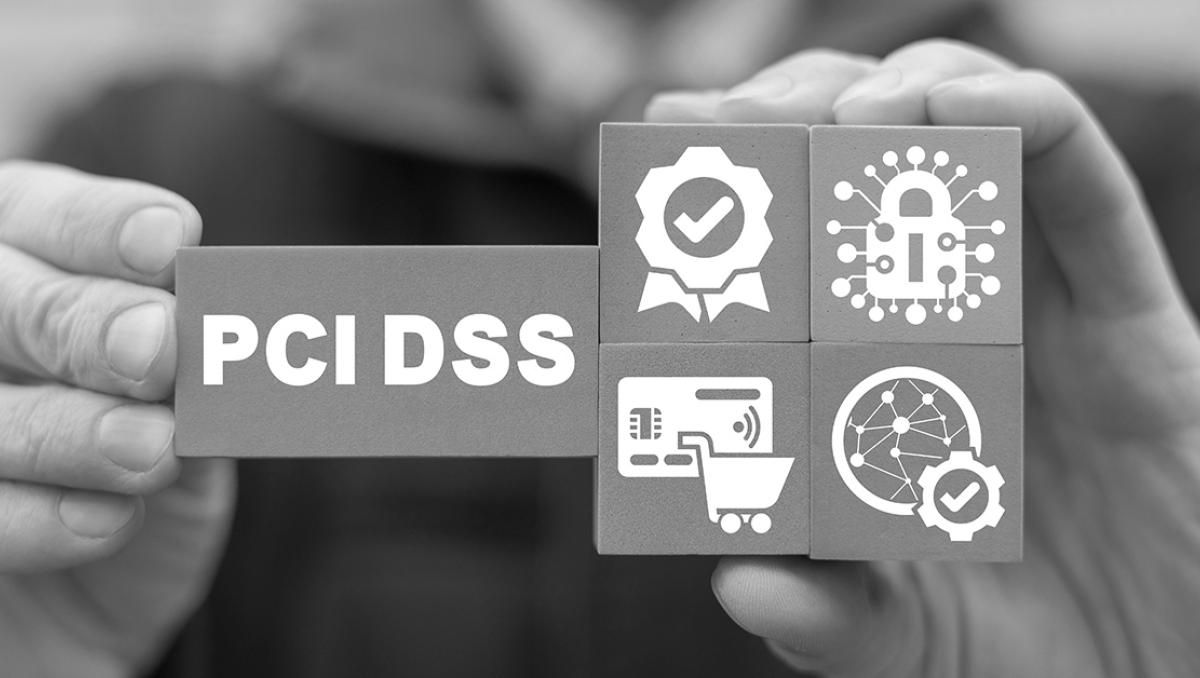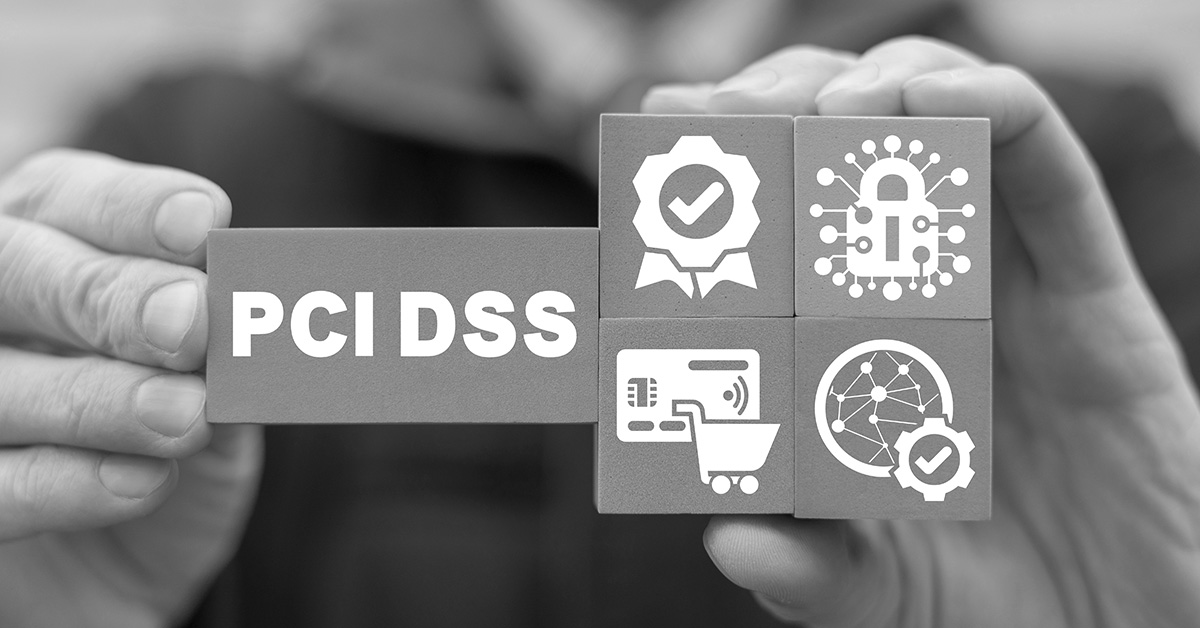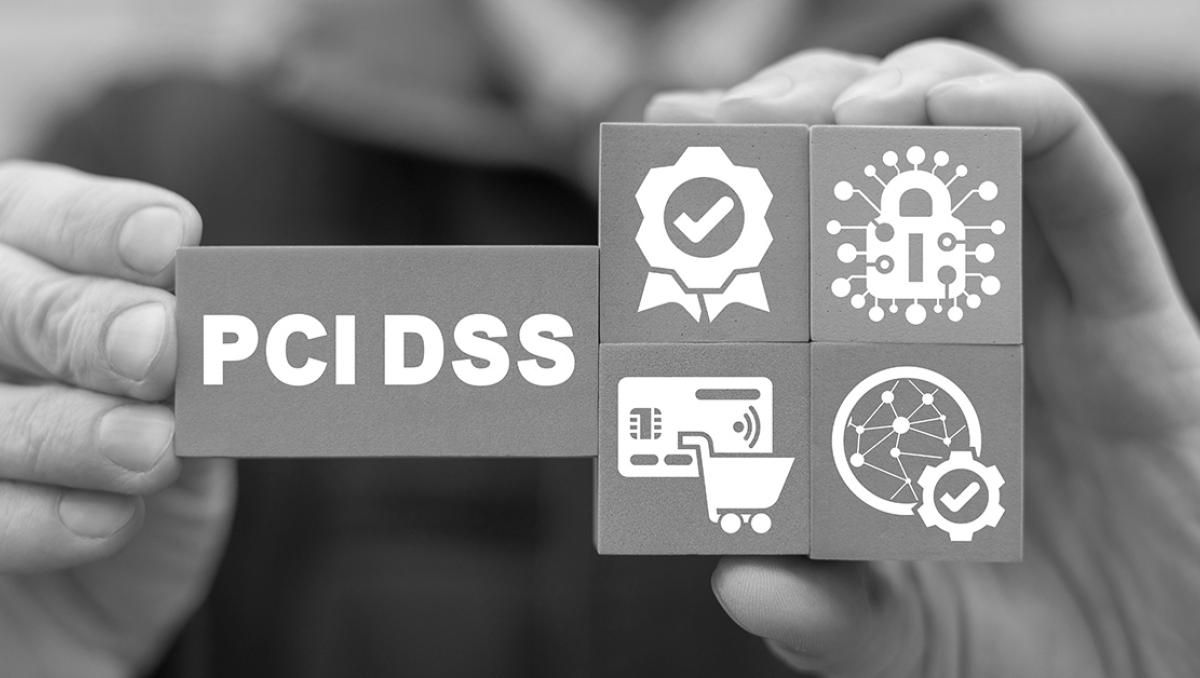
The transition to PCI DSS 4.0 is here. The transition period from PCI DSS 3.2 ended on March 31, 2024, so businesses in all sectors must focus on aligning their practices with the new requirements.
This blog will guide you through the key points discussed by PCI experts Steven Sletten and Jeff Hall
in a recent webinar held by Fortra on “PCI 4.0 is Here: Your Guide to Navigating Compliance Success.”
High-Level Goals and Flexibility
PCI DSS 4.0’s main aim is to ensure that the standard continues to meet the payment industry’s evolving security needs. One focus of the new standard is to offer greater flexibility, enabling organizations to adopt customized approaches to compliance.
This is particularly good for mature organizations with established security processes that may not align perfectly with the prescribed steps in PCI DSS 4.0. The council also emphasized continuous security improvement rather than periodic checks.
However, this flexibility comes with increased complexity and scrutiny because implementing a customized approach takes significant effort and time, potentially raising the cost and duration of assessments. Therefore, they stressed that organizations should carefully consider whether this approach is feasible and beneficial for their compliance efforts.
Future-Dated Requirements and Timeframes
Organizations must also prepare for future-dated requirements that will take effect on March 31, 2025. This includes new mandates such as using content security policies to secure payment pages and the Multi-Factor Authentication (MFA) requirement for all personnel accessing cardholder data environments (CDE).
Automated log review solutions and detailed documentation of cryptographic architecture are also essential components of the new standard. Enhanced logging requirements ensure comprehensive tracking of access to cardholder data and stricter controls over these mechanisms.
Organizations must also perform more frequent and comprehensive risk assessments, while vulnerability management will focus on timely detection and remediation of vulnerabilities, including automated mechanisms for scanning and patching.
More Preparation Needed
In PCI DSS version 4.0, important changes include the renumbering of requirements, which can confuse those familiar with previous versions. Some requirements have remained unchanged, while others have been relocated. However, they noted that one of the biggest problems for Qualified Security Assessors (QSAs) is that with the new standard, they have less wiggle room on the evidentiary requirements.
Immediate priorities include detailed documentation of roles and responsibilities aligned with PCI requirements, which will need clear job descriptions and organizational charts. Another critical shift is the introduction of targeted risk analysis to determine the frequency of fulfilling certain requirements labeled as periodic, demanding a thorough assessment to establish appropriate intervals (daily, weekly, etc.).
These adjustments highlight the increased rigor and upfront preparation required under PCI DSS 4.0.
Scoping and Data Flow
Proper scoping and understanding of cardholder data (CHD) and sensitive authentication data (SAD) flow are also vital for successful PCI compliance. The experts said organizations often focus too much on storage and neglect processing and transmission.
Surprisingly, it emerged that many organizations attempt to segment their networks using VLANs but fail to secure these segments properly. This lack of controlled segmentation means everything remains in scope despite efforts to reduce it.
Ensuring proper configuration and monitoring of network segmentation is also vital. Regular change detection processes, not just quarterly or annually but daily or weekly, can help keep security under control and prevent issues from getting out of hand. They also discussed the importance of attention to digital and physical data, including back-office processes and chargeback management.
Understanding Significant Change
The conversation moved to how data flow and network diagrams are crucial tools for understanding how cardholder data moves through systems to help businesses identify where and how cardholder data is stored, processed, or transmitted. The standard also requires organizations to define what constitutes a significant change.
While periodic reviews are now addressed by targeted risk analysis in PCI DSS 4.0, the concept of significant change ensures that any modifications that could affect the security posture of cardholder data are carefully evaluated and addressed within the scope of compliance.
Examples include changing operating systems, adding or removing devices, or modifying firewalls. Each organization must have a clear definition of significant change because this impacts the scope of PCI DSS compliance assessments.
If an organization fails to define what qualifies as significant change, the Qualified Security Assessor (QSA) conducting the compliance assessment must make that determination. This can lead to inconsistencies or misunderstandings during the assessment process, potentially complicating compliance efforts.
The standard also introduces the concept of targeted risk analysis to assess changes. This involves evaluating modifications to systems and processes to determine if they introduce new risks to cardholder data security.
Maintaining Ongoing Compliance
One standout from the webinar was that most security programs fall apart when not maintained regularly. Over time, security gaps can open, and entities could find themselves overwhelmed by problems.
Regular change detection and monitoring are needed to prevent this. Daily or weekly change detection practices can help manage data flow effectively and ensure security measures are current. Continuous implementation and deployment, with rigorous change management and control, are vital to maintaining compliance.
The experts agree that navigating the transition to PCI DSS 4.0 requires a proactive approach, continuous security improvement, and effective use of available tools and resources. By understanding the new requirements, conducting thorough assessments, and integrating compliance into daily operations, entities can achieve and maintain PCI DSS 4.0 compliance, ensuring the highest levels of security in the payment industry.
Editor’s Note: The opinions expressed in this and other guest author articles are solely those of the contributor and do not necessarily reflect those of Tripwire.


